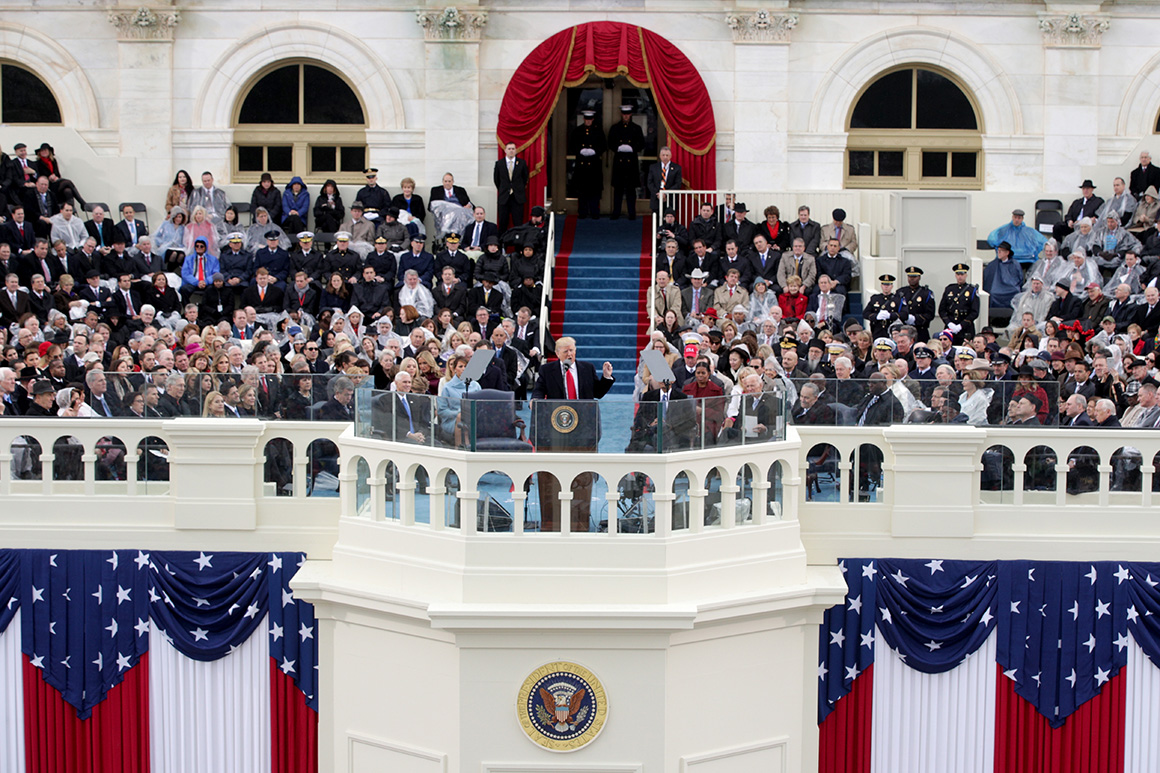
“Rather than heed the warnings, embrace the planning and preserve the structures and budgets that had been bequeathed to him, the president ignored the risk of a pandemic,” Rice wrote. (Trump’s former national security adviser John Bolton, who oversaw the dissolution of the NSC’s global health security and biodefense section, has defended it as necessary streamlining, countering that global health “remained a top NSC priority.” Trump, when recently asked about the reshuffling, called the question “nasty” and said, “I don’t know anything about it.”)
Lisa Monaco, Obama’s homeland security adviser, explained the thinking behind the January 2017 session in a recent essay for Foreign Affairs. “Although the exercise was required, the specific scenarios we chose were not,” she wrote. “We included a pandemic scenario because I believed then, and I have warned since, that emerging infectious disease was likely to pose one of the gravest risks for the new administration.”
None of the sources argued that one meeting three years ago could have dramatically altered events today. But Obama aides say the Trump administration’s fumbling of the coronavirus outbreak is partly rooted in how unprepared — and in some cases unwilling — it was to engage in transition exercises at all in late 2016 and early 2017.
David Shulkin, who was an Obama appointee at the time but had been nominated to be Veterans Affairs secretary in the Trump administration, said in an interview that with the exception of this exercise, which he didn’t recall well, he noticed that in his agency, there had been “little coordination” and “very little interest in working with the Obama appointees.”
“They had said we don’t really have a lot of need to talk to the Obama appointees,” he said.
That botched handoff sparked weeks of confusion, all the way up to Inauguration Day. “There was a frenzy before the transition where I was asked to consider staying because the [preparedness] mission was so important,” said Nicole Lurie, who served as Obama’s Health and Human Services assistant secretary for preparedness and response, where she worked on crises like the Ebola virus outbreak and attended the pandemic exercise. “Then through the HHS secretary’s office, the next day, I heard they changed their mind.”
The Trump campaign, like the rest of America, was shocked to win the November 2016 election. Soon afterward, Trump cast aside his team’s transition prep work that had happened already and started over; some of his aides described tossing carefully collected binders full of possible personnel picks into trash bins. It was days, sometimes weeks, before his nominees and their aides showed up to meet the people they were replacing — if they did so at all — or to engage in transition meetings. Obama aides said they left detailed memos for their successors, but that quite often it appeared those memos were never read. Many on the Obama side were genuinely surprised that so many actually showed up for the Jan. 13, 2017, exercise, and there were expectations that some would skip it. On the Obama side, several agencies were represented by their second-in-command at the meeting for reasons including a belief that Trump’s principals wouldn’t show.
The gathering was held to satisfy a requirement in a 2016 law that updated the procedures around presidential transitions to require, among other things, that the outgoing administration “prepare and host interagency emergency preparedness and response exercises.” Obama also mentioned it in a 2016 executive order laying out his transition goals.
Source: politico.com
See more here: news365.stream






